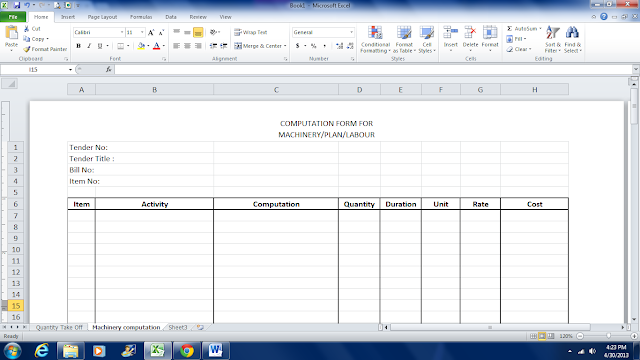7 important item that must be consider while doing cost estimation for road construction.
- Cost of the construction material needed to construct a road.
- Delivery cost for the construction material.
- Machinery and labour cost involve during construction period.
- material wastage, labour and machine inefficiency during construction.
- Increase of the price of construction material, Labour and machine in the near future.
- indirect cost such as Insurance premium, material handling cost, safety and others.
- profit margin.

